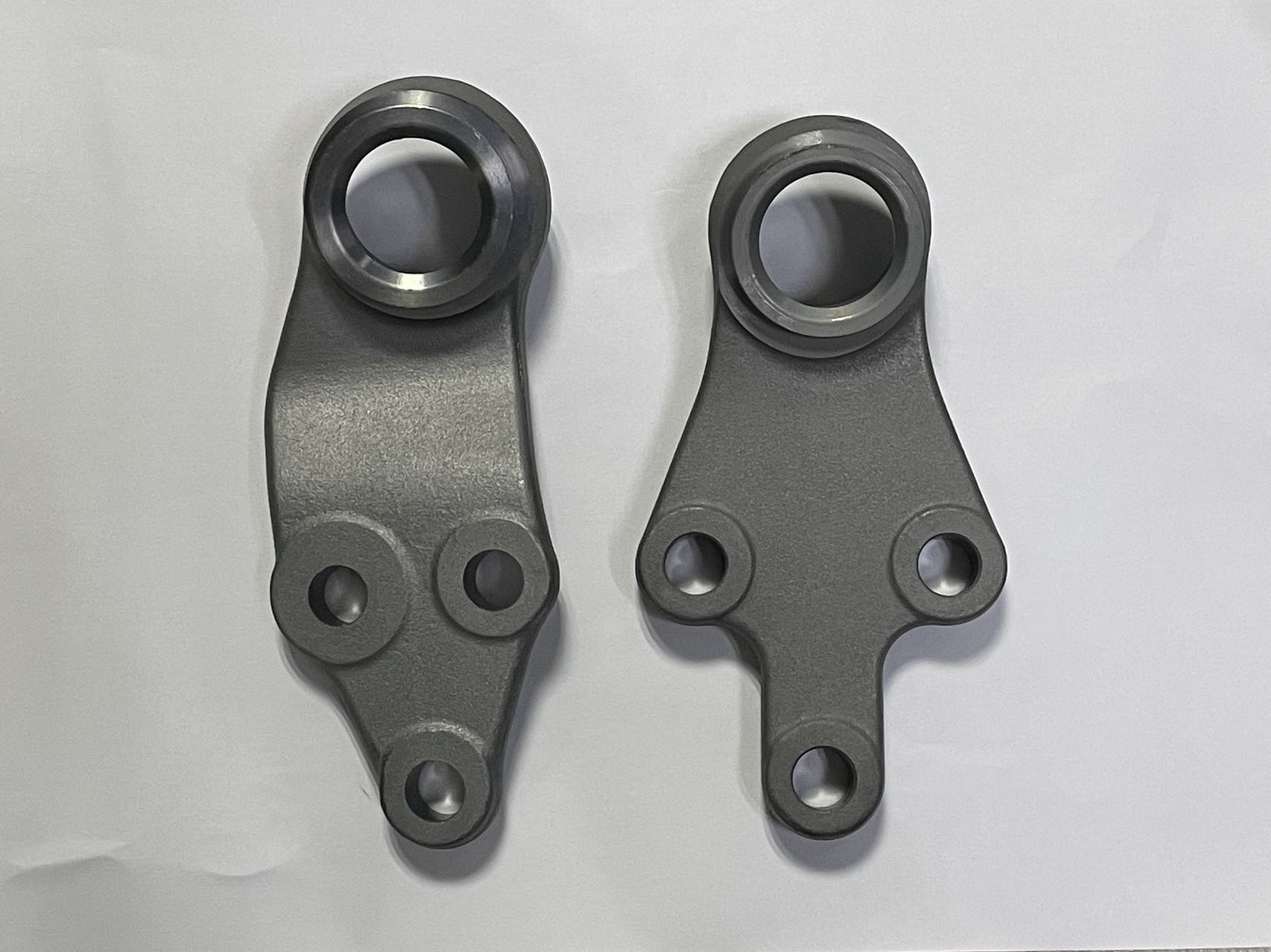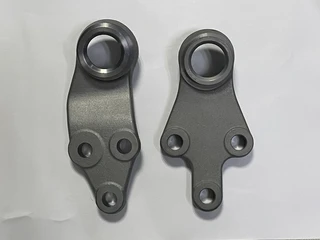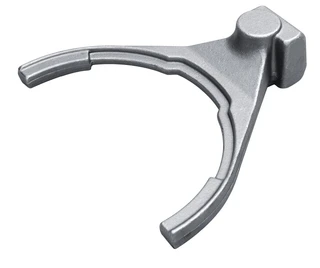Key Specifications / Features
Tags
Detail Information
In an automobile, ball joints are spherical bearings that connect the control arms to the steering knuckles, and are used on virtually every automobile made. They bionically resemble the ball-and-socket joints found in most tetrapod animals.
A ball joint consists of a bearing stud and socket enclosed in a casing; all these parts are made of steel.The bearing stud is tapered and threaded, and fits into a tapered hole in the steering knuckle. A protective encasing prevents dirt from getting into the joint assembly. Usually, this is a rubber-like boot that allows movement and expansion of lubricant. Motion-control ball joints tend to be retained with an internal spring, which helps to prevent vibration problems in the linkage.
The "offset" ball joint provides means of movement in systems where thermal expansion and contraction, shock, seismic motion, and torsional motions, and forces are present.
On modern vehicles, joints are the pivot between the wheels and the suspension of an automobile. They are today almost universally used in the front suspension, having replaced the kingpin/link pin or kingpin/trunnion arrangement, but can also be found in the rear suspension of a few higher-performance autos. Ball joints play a critical role in the safe operation of an automobile's steering and suspension.
Many currently manufactured automobiles worldwide use MacPherson strut suspension, which utilises one ball joint per side, between the lower end of the strut and the control arm, with the necessary small amount of articulation at the top of the strut being usually provided by an elastomeric bearing, within which is a ball bearing to allow free rotation about the steering axis. So, there are commonly only two ball joints in the suspension, however there will be at least four (track rod ends and rack ends) in the steering linkage.
In non-MacPherson strut automobile suspension, the two ball joints are called the "upper ball joint" and "lower ball joint". Lower ball joints are sometimes larger and may wear out faster, because the fore and aft loads, primarily due to braking, are higher at the bottom ball joint. (Torque reaction and drag add at the bottom joint, and partly cancel at the top joint.) Also, lateral cornering loads are higher at the bottom joint. Depending on the suspension design, the vertical load from the suspension spring may be handled entirely by the top ball joint, or entirely by the bottom ball joint. The damper load, (which is low in normal conditions, zero when stationary, but in peak bump or rebound rate may be almost as large as the spring load) is usually, but not always, taken on the same ball joint as the spring load. The anti-roll bar loading is often, but not always, taken on the bottom ball joint. It may be taken by the top ball joint, or directly from the steering knuckle by ball-jointed drop links.
If one of the ball joints does not carry spring load, it may be fitted with an internal anti-rattle spring to keep the ball preferentially in contact with one seat. This was the case in the BMC of 1959 and its many derivatives, where the lower control arm carried no vertical loading, so the joint needed and anti-rattle spring, while the top joint, comprising identical parts, was always in compression due to spring (rubber cone) and damper loads, and so was not fitted with a spring.
Other vehicles of the 1960s era, including some Vauxhalls, had lower ball joints with considerable end float, because the joint was always in tension as the spring and damper loads were applied via the lower control arm and were always non-zero.
Another example is the Ford Focus, which uses MacPherson struts, and the anti-roll bar is connected directly to the strut, so the lower ball joint is only carrying fore and aft traction/braking and lateral cornering loads.




